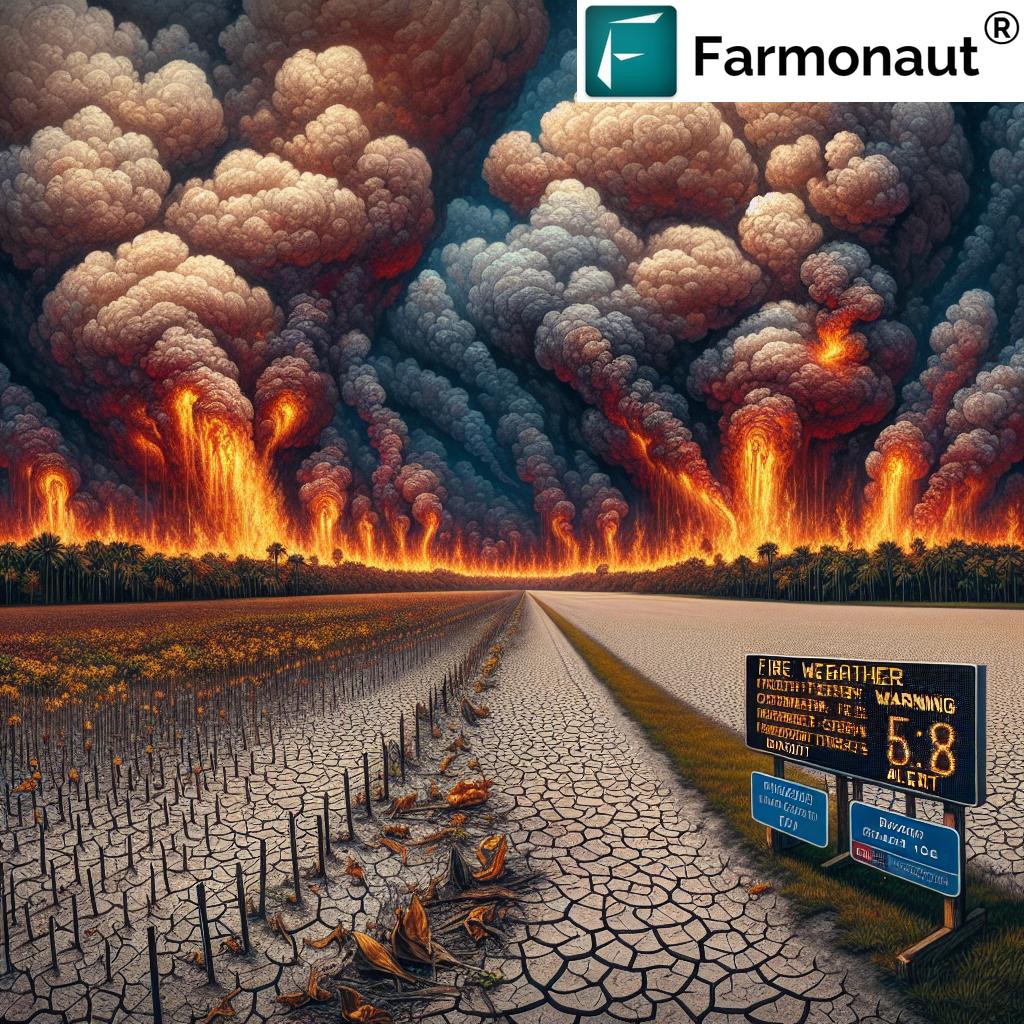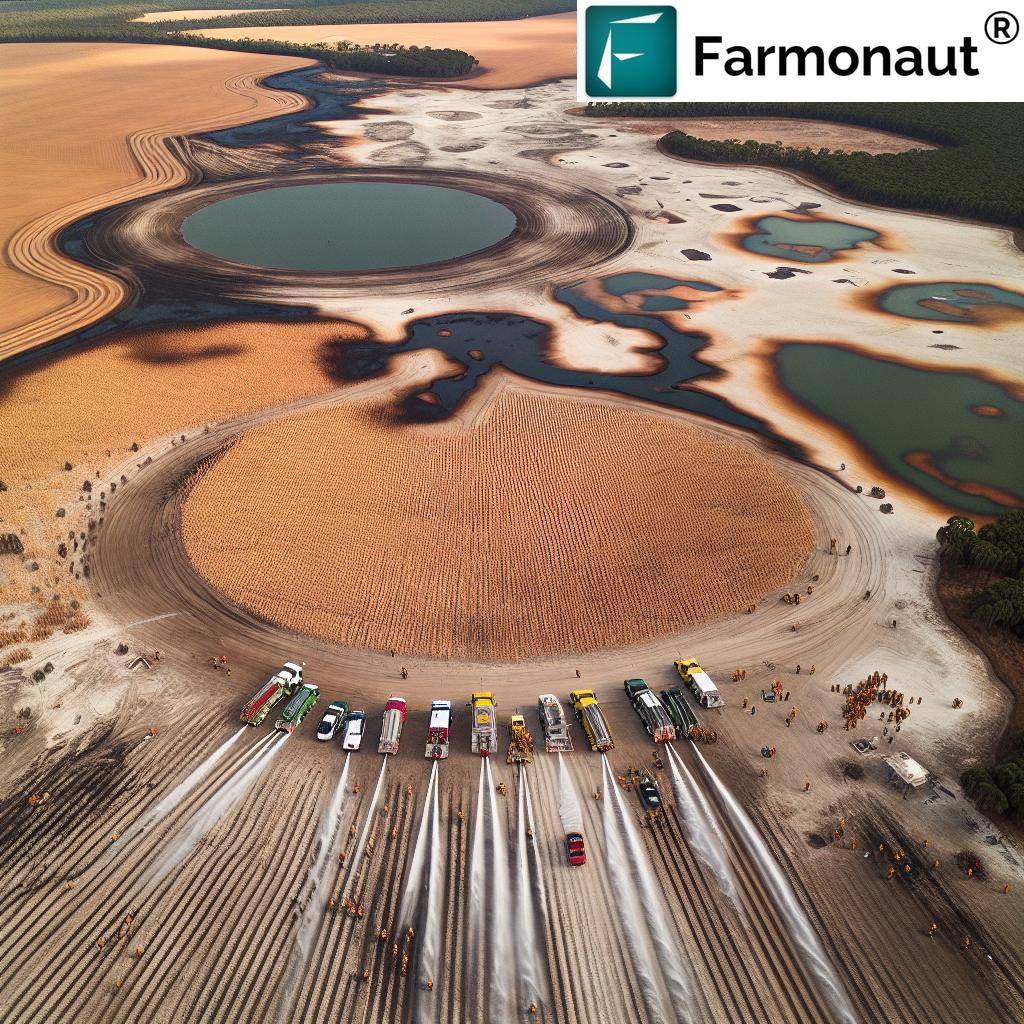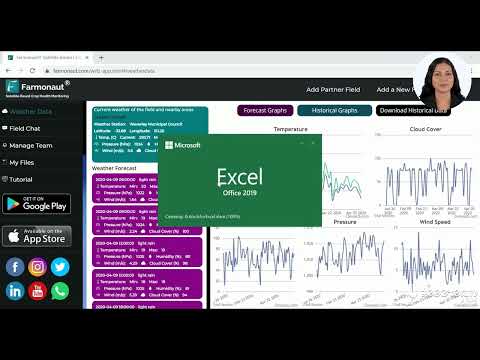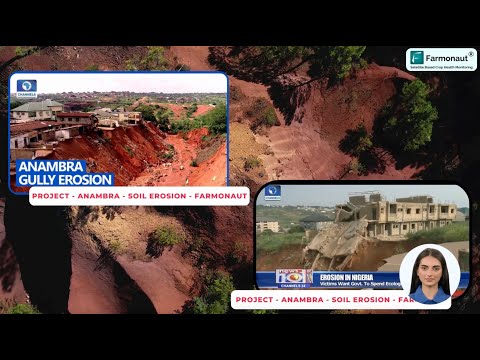Drought Alert: How Central Florida’s Dry Conditions Fuel Wildfire Risks and Impact Agriculture
“Central Florida’s drought affects 4 counties: Lake, Orange, Brevard, and Marion, increasing wildfire risks across the region.”
As we delve into the heart of Central Florida’s environmental challenges, we find ourselves facing a critical situation that demands our attention. The persistent dry conditions sweeping across the region have sparked a series of concerns, particularly regarding wildfire risks and agricultural impacts. In this comprehensive analysis, we’ll explore the intricate web of factors contributing to the current drought alert and its far-reaching consequences.
Understanding the Drought Situation in Central Florida
Central Florida is currently grappling with a significant drought that has cast a shadow over several counties, including Lake, Orange, Brevard, and Marion. But what exactly is a drought, and why should residents be concerned?
A drought is defined as a period of drier-than-normal conditions that can persist for days, months, or even years. In the case of Central Florida, we’re witnessing a prolonged dry spell that’s raising alarm bells across various sectors.

The impacts of drought conditions in Florida are far-reaching and can be severe:
- Ecosystem disruption
- Agricultural challenges
- Increased wildfire risks
- Water supply issues
- Economic repercussions
As we continue to monitor the situation, it’s crucial to understand the factors contributing to these dry conditions and their potential consequences.
The Role of La Nina in Central Florida’s Weather Patterns
One of the key players in Central Florida’s current weather scenario is the La Nina weather pattern. This phenomenon, characterized by cooler-than-average sea surface temperatures in the equatorial Pacific Ocean, has a significant impact on global weather patterns, including those in Florida.
“La Nina weather pattern contributes to 3 key fire weather criteria: low humidity, strong winds, and high temperatures.”
The La Nina effect typically results in:
- Warmer and drier-than-normal conditions in Florida
- Reduced rainfall during winter and spring months
- Increased likelihood of drought conditions
- Higher risk of wildfires due to dry vegetation
Understanding the La Nina weather pattern is crucial for predicting and preparing for potential drought and fire risks in Central Florida.
Fire Weather Warnings and Criteria
As drought conditions persist, fire weather warnings become increasingly common. These warnings are issued by the National Weather Service when specific criteria are met, indicating an elevated risk of wildfires.
In Central Florida, the Melbourne office of the National Weather Service issues fire weather warnings based on the following criteria:
- Very dry ground conditions
- Wind gusts of 20-30 mph
- Relative humidity percentage less than 35%
These conditions create a perfect storm for wildfire ignition and rapid spread. Residents must stay informed about these warnings and take necessary precautions to prevent fires.
The Impact of Drought on Central Florida’s Agriculture
Central Florida’s agricultural sector is feeling the heat from the ongoing drought conditions. The region’s farmers and ranchers are facing significant challenges as they struggle to maintain crop health and livestock in the face of water scarcity.
Some of the key impacts on agriculture include:
- Reduced crop yields
- Increased irrigation costs
- Soil degradation
- Livestock stress
- Higher risk of crop diseases
To combat these challenges, farmers are turning to innovative solutions and precision agriculture techniques. One such solution is offered by Farmonaut, a pioneering agricultural technology company that provides advanced, satellite-based farm management solutions.
Farmonaut’s platform offers real-time crop health monitoring, AI-based advisory systems, and resource management tools that can help farmers make informed decisions in drought conditions. By leveraging satellite imagery and advanced analytics, farmers can optimize their water usage, monitor soil moisture levels, and detect early signs of crop stress.
Wildfire Risks and Prevention Strategies
As the drought conditions intensify, the risk of wildfires in Central Florida escalates. Brush fires have already been reported in Orange, Brevard, Marion, and Volusia counties, highlighting the urgency of the situation.

To mitigate these risks, we must focus on brush fire prevention and adhere to fire safety guidelines. Some key strategies include:
- Creating defensible spaces around properties
- Properly disposing of flammable materials
- Avoiding outdoor burning during high-risk periods
- Staying informed about local fire weather warnings
- Having an emergency evacuation plan in place
By implementing these measures, we can collectively reduce the risk of wildfire spread in dry conditions and protect our communities.
Monitoring Drought Conditions with Advanced Technology
In the face of these environmental challenges, technology plays a crucial role in monitoring and managing drought conditions. Farmonaut’s satellite-based solutions offer valuable insights for both agricultural and environmental monitoring.
The platform’s features include:
- Real-time vegetation health monitoring
- Soil moisture analysis
- Weather forecasting and historical data
- AI-driven crop management recommendations
These tools can be invaluable for farmers, environmental agencies, and local authorities in managing drought impacts and preparing for potential wildfire risks.
Explore Farmonaut’s API for advanced drought monitoring
The Drought Outlook for Florida: What to Expect
As we look ahead, the drought outlook for Florida suggests potential worsening conditions without significant rainfall. This outlook has serious implications for wildfire risks, agricultural productivity, and overall ecosystem health.
Key factors influencing the drought outlook include:
- Persistent La Nina conditions
- Long-term weather patterns
- Climate change impacts
- Water management practices
Understanding these factors is crucial for developing effective strategies to mitigate drought impacts and prepare for potential challenges ahead.
Community Response and Adaptation Strategies
In the face of these environmental challenges, community response and adaptation are crucial. We must work together to implement strategies that conserve water, protect our ecosystems, and maintain agricultural productivity.
Some effective adaptation strategies include:
- Water conservation measures
- Drought-resistant landscaping
- Implementation of smart irrigation systems
- Support for farmers adopting precision agriculture techniques
- Community education and awareness programs
By embracing these strategies and leveraging advanced technologies like those offered by Farmonaut, we can build resilience against drought conditions and their associated risks.
The Role of Technology in Drought Management
As we confront the challenges posed by drought conditions in Central Florida, technology emerges as a powerful ally. Advanced solutions like those offered by Farmonaut play a crucial role in monitoring, predicting, and managing drought impacts.
Farmonaut’s platform provides:
- Satellite-based crop health monitoring
- AI-driven advisory systems
- Resource management tools
- Weather data integration
These technologies empower farmers, environmental agencies, and local authorities to make data-driven decisions in the face of drought conditions.
Explore Farmonaut’s API Developer Docs for integrating weather data
Economic Implications of Drought in Central Florida
The ongoing drought conditions in Central Florida have far-reaching economic implications, affecting various sectors beyond agriculture. Understanding these impacts is crucial for developing comprehensive mitigation strategies.
Key economic areas affected include:
- Agricultural production and revenue
- Tourism and recreation
- Water supply and management costs
- Wildfire suppression expenses
- Property values in high-risk areas
By addressing these economic challenges head-on and implementing innovative solutions, we can work towards building a more resilient economy in the face of environmental challenges.
Sustainable Practices for Long-term Drought Resilience
As we navigate the current drought conditions, it’s essential to look towards long-term solutions that build resilience against future dry spells. Sustainable practices play a crucial role in this effort, helping to conserve resources and maintain ecosystem health.
Key sustainable practices include:
- Water-efficient irrigation systems
- Drought-resistant crop varieties
- Soil health management
- Rainwater harvesting
- Precision agriculture techniques
Farmonaut’s technology supports these sustainable practices by providing farmers with the data and insights needed to optimize resource use and adapt to changing environmental conditions.
Central Florida Drought and Fire Risk Comparison
| County Name | Drought Severity Index (1-10) | Average Humidity (%) | Wind Speed (mph) | Temperature (°F) | Fire Risk Level |
|---|---|---|---|---|---|
| Lake | 8 | 45 | 12 | 85 | High |
| Orange | 7 | 50 | 10 | 83 | Moderate |
| Brevard | 6 | 55 | 15 | 82 | Moderate |
| Marion | 9 | 40 | 14 | 86 | Extreme |
This table provides a snapshot of the varying drought and fire risk conditions across Central Florida counties. It’s clear that while all counties are affected, the severity and associated risks differ, highlighting the need for localized approaches to drought and fire management.
The Future of Drought Management in Central Florida
As we look to the future, it’s clear that effective drought management in Central Florida will require a multi-faceted approach. This includes leveraging advanced technologies, implementing sustainable practices, and fostering community engagement.
Key elements of future drought management strategies may include:
- Advanced weather prediction models
- Integrated water management systems
- Widespread adoption of precision agriculture
- Enhanced wildfire prevention and response capabilities
- Community-based drought resilience programs
By embracing these strategies and continuing to innovate, we can build a more resilient Central Florida that’s better prepared to face future drought challenges.
FAQ Section
Q: What causes drought conditions in Central Florida?
A: Drought conditions in Central Florida are primarily caused by prolonged periods of below-average rainfall, often influenced by weather patterns like La Nina. Other factors include high temperatures, increased evaporation rates, and human activities that affect water resources.
Q: How does drought impact agriculture in the region?
A: Drought severely impacts agriculture by reducing crop yields, increasing irrigation costs, degrading soil quality, and stressing livestock. It can lead to significant economic losses for farmers and affect food production.
Q: What are the signs of increased wildfire risk?
A: Signs of increased wildfire risk include low humidity, strong winds, high temperatures, dry vegetation, and prolonged periods without rainfall. Fire weather warnings issued by the National Weather Service also indicate elevated risk.
Q: How can residents help prevent wildfires during drought conditions?
A: Residents can help prevent wildfires by avoiding outdoor burning, properly disposing of flammable materials, creating defensible spaces around their properties, and staying informed about local fire restrictions and warnings.
Q: What role does technology play in managing drought and fire risks?
A: Technology plays a crucial role in monitoring drought conditions, predicting fire risks, and optimizing resource management. Tools like satellite imagery, AI-driven analytics, and precision agriculture technologies help in early detection and effective response to drought-related challenges.
Conclusion: A Call to Action
As we conclude our comprehensive analysis of Central Florida’s drought alert and its implications for wildfire risks and agriculture, it’s clear that we face significant challenges. However, with the right strategies, technologies, and community engagement, we can build resilience against these environmental threats.
Key takeaways include:
- The importance of staying informed about local drought conditions and fire weather warnings
- The critical role of technology in monitoring and managing drought impacts
- The need for sustainable practices in agriculture and water management
- The value of community-wide efforts in drought and wildfire prevention
By working together and leveraging innovative solutions like those offered by Farmonaut, we can navigate these challenging conditions and build a more resilient future for Central Florida.







